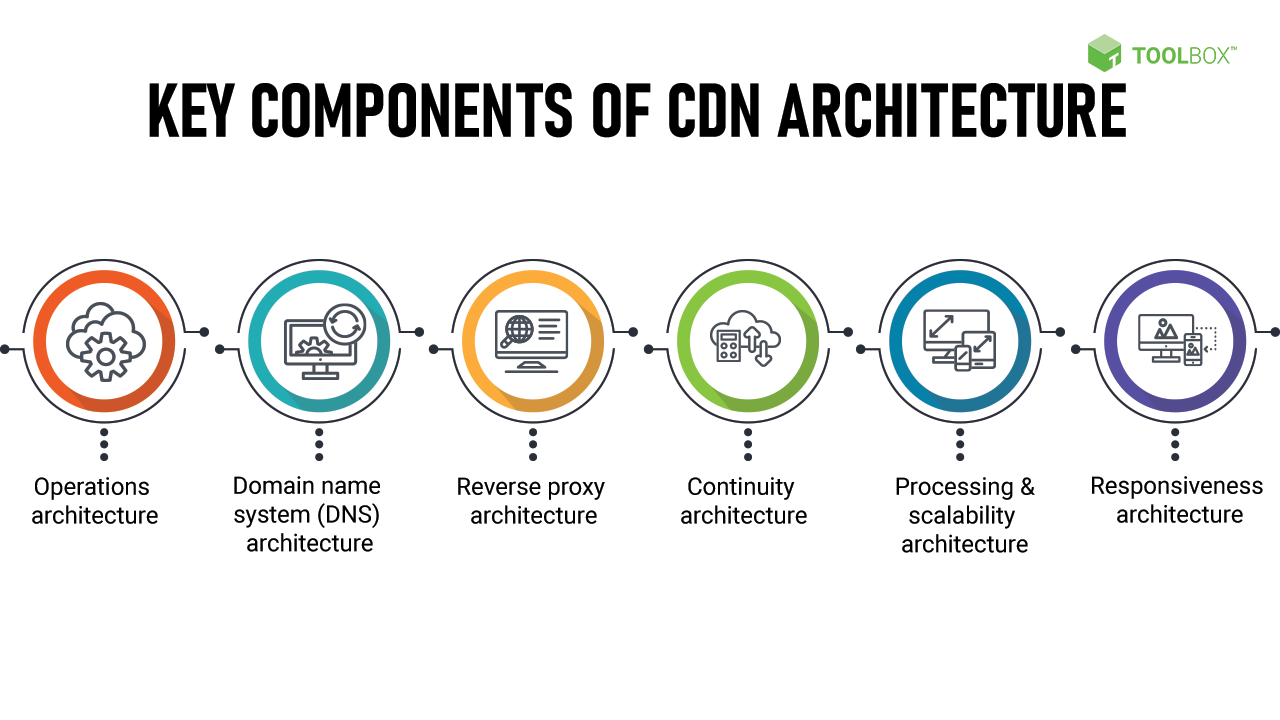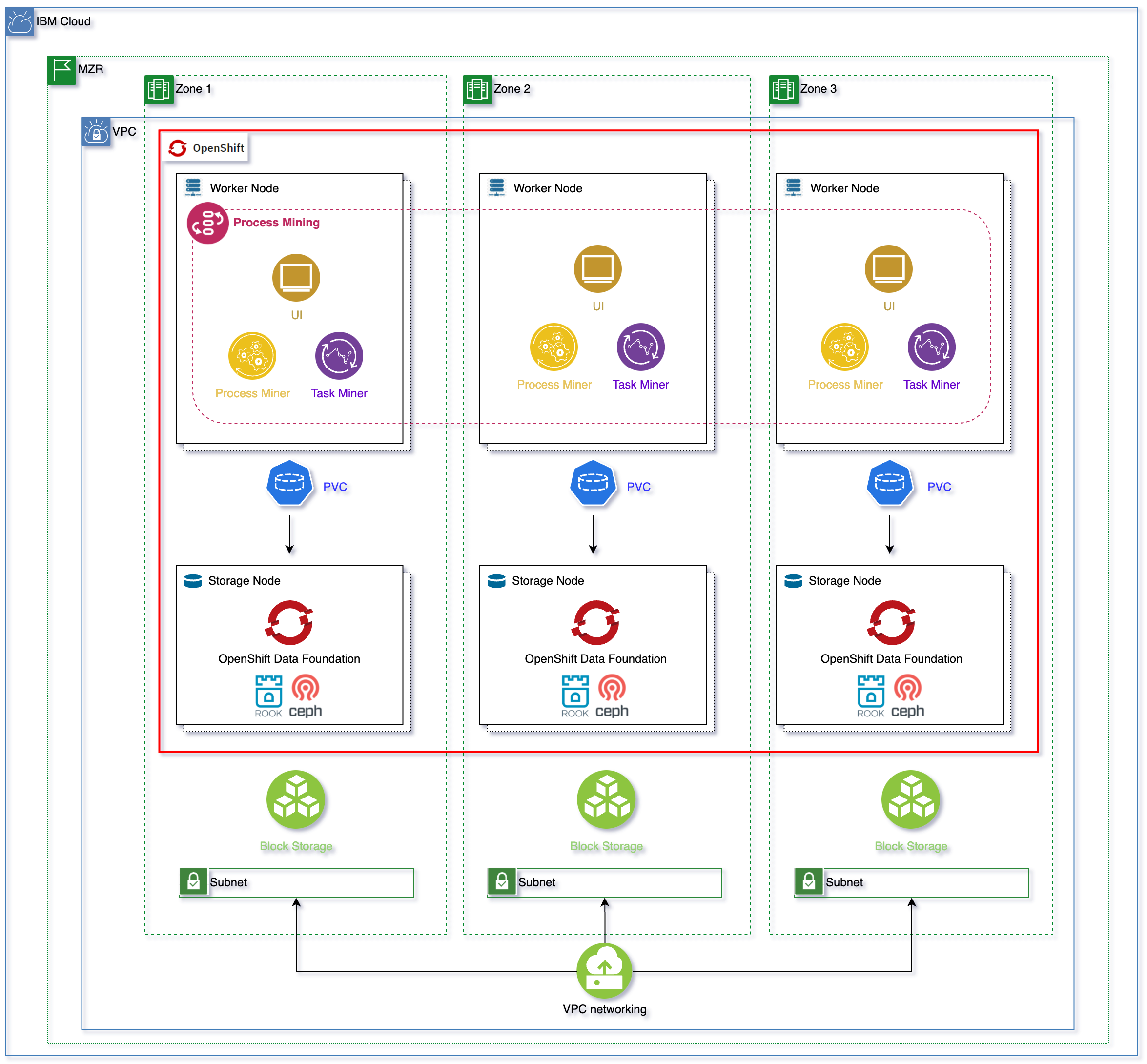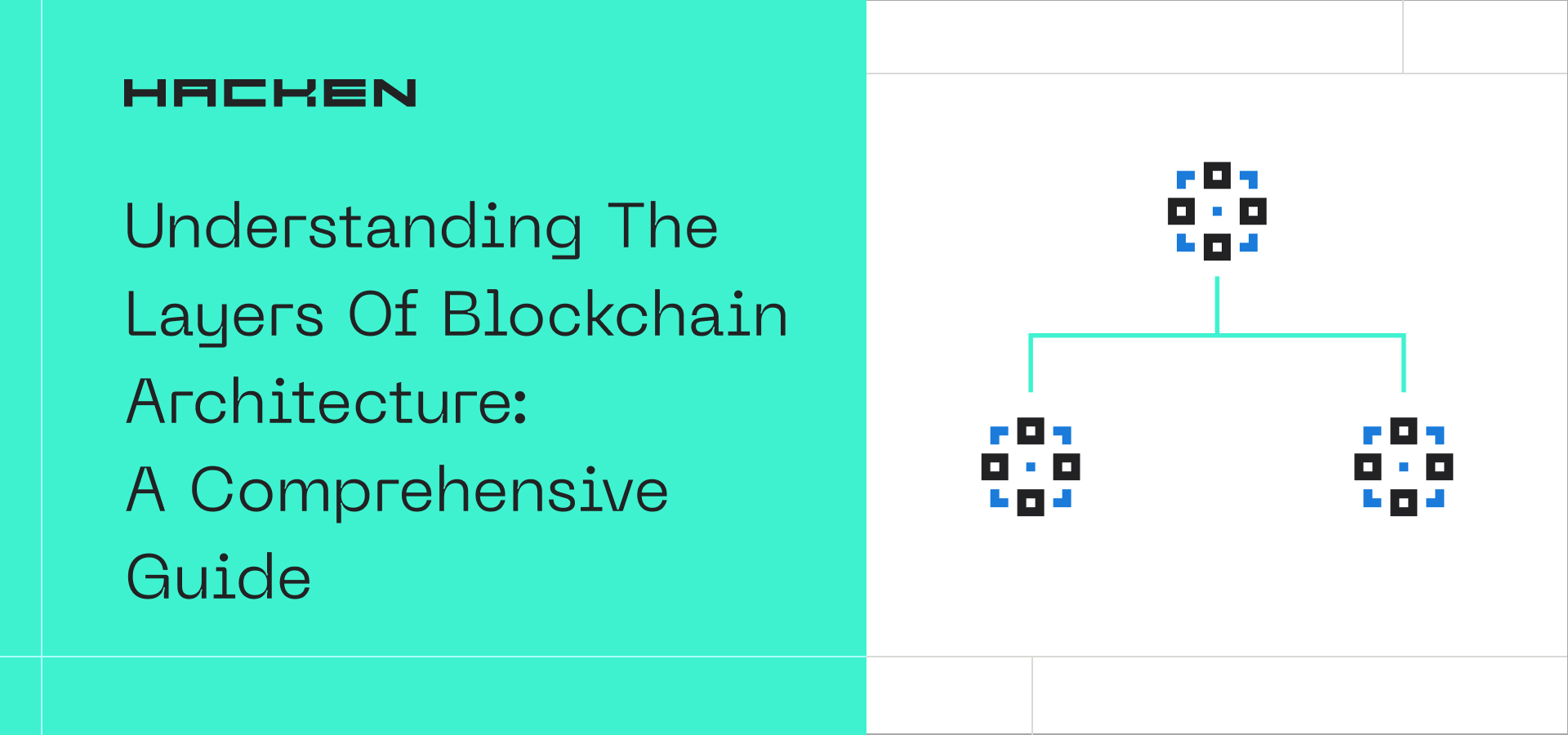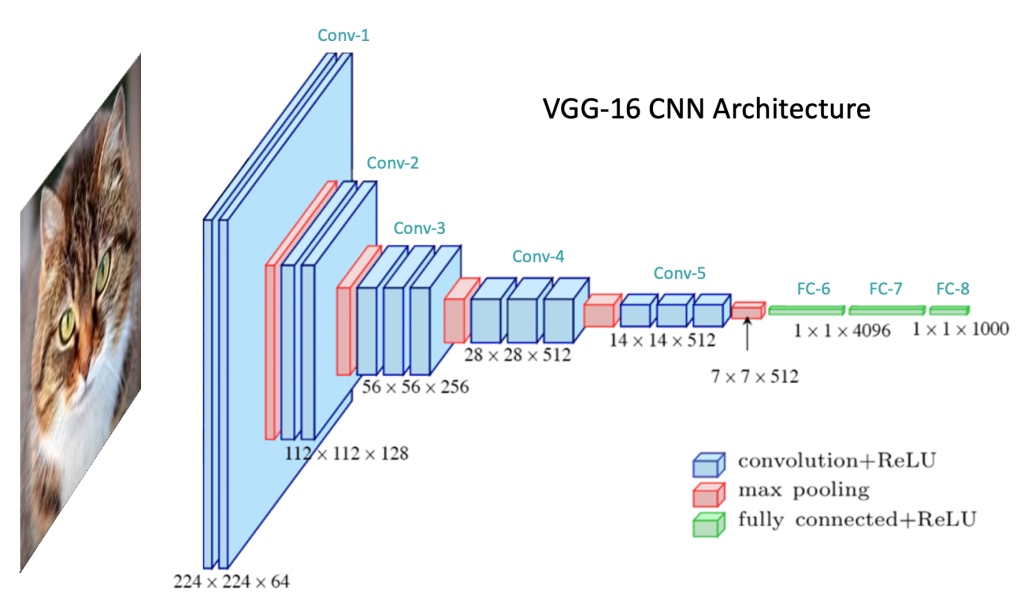High Availability (HA) Cloud Architecture: Ensuring Reliability and Resilience in the Digital Era
Welcome to our comprehensive guide on High Availability (HA) Cloud Architecture, where we explore the crucial role it plays in ensuring the reliability and resilience of modern digital infrastructure. In an age where downtime can cost businesses significant revenue and damage their reputation, HA Cloud Architecture emerges as a game-changer, capable of providing uninterrupted services and seamless scalability. Whether you are a business owner, an IT professional, or simply someone intrigued by the wonders of cloud technology, this article will equip you with the knowledge to harness the power of HA Cloud Architecture effectively.
Understanding High Availability (HA) in Cloud Computing
In today’s digital landscape, where downtime can have severe consequences, High Availability (HA) is a critical concept in cloud computing. HA refers to the ability of a system or infrastructure to remain operational and accessible even in the face of failures or disruptions. This section will delve into the fundamental concepts of High Availability in cloud computing.
Redundancy: The Key to High Availability
At the core of High Availability is redundancy, which involves duplicating critical components of a system to eliminate single points of failure. By having redundant servers, network connections, and storage, organizations can ensure that if one component fails, another can seamlessly take over, preventing any disruption in service. This subheading will explore the different types of redundancy and their role in achieving High Availability.
Fault Tolerance: A Pillar of Reliability
Another crucial aspect of High Availability is fault tolerance, which refers to a system’s ability to continue functioning properly even when certain components or processes encounter faults or errors. Fault tolerance mechanisms, such as error detection, error correction, and graceful degradation, play a significant role in maintaining the reliability of a system. This subheading will delve into the various fault tolerance techniques employed in High Availability architectures.
Load Balancing: Distributing Workloads Efficiently
To ensure optimal performance and prevent overloading of individual components, load balancing techniques are employed in High Availability architectures. Load balancers distribute incoming network traffic across multiple servers, ensuring that no single server is overwhelmed. This subheading will explore the different load balancing algorithms and their impact on achieving High Availability.
High Availability Strategies: Active-Active vs. Active-Passive
High Availability can be achieved through different strategies, such as active-active and active-passive configurations. In an active-active setup, multiple servers actively handle traffic, sharing the workload and providing redundancy. In contrast, an active-passive configuration involves one server actively serving traffic while others remain on standby, ready to take over in case of failure. This subheading will discuss the pros and cons of each strategy and their suitability for different scenarios.
The Benefits of High Availability (HA) Cloud Architecture
High Availability (HA) Cloud Architecture offers numerous benefits to organizations in the digital era. In this section, we will delve into the advantages that HA Cloud Architecture brings to the table and how it can empower businesses to thrive in today’s competitive landscape.
Enhanced Reliability: Minimizing Downtime
One of the primary benefits of HA Cloud Architecture is enhanced reliability. By eliminating single points of failure and incorporating redundancy, organizations can significantly reduce the risk of downtime. This subheading will explore how HA Cloud Architecture ensures uninterrupted services and helps businesses maintain their operations even in the face of failures.
Reduced Downtime Costs: Protecting the Bottom Line
Downtime can have severe financial implications for businesses, resulting in revenue loss, decreased productivity, and damaged reputation. HA Cloud Architecture helps organizations minimize downtime, ultimately reducing the costs associated with service disruptions. This subheading will delve into the financial advantages of implementing HA Cloud Architecture.
Improved Performance: Meeting Growing Demands
As businesses grow and their digital infrastructure expands, ensuring optimal performance becomes crucial. HA Cloud Architecture enables organizations to handle increasing workloads efficiently, ensuring that services remain responsive and reliable. This subheading will discuss how HA Cloud Architecture facilitates scalability and performance improvements.
Seamless Scalability: Accommodating Rapid Growth
Scalability is a vital aspect of modern digital infrastructure. HA Cloud Architecture empowers organizations to scale their resources seamlessly, allowing for the accommodation of rapid growth or sudden increases in demand. This subheading will explore the scalability features and strategies employed in HA Cloud Architecture.
Designing a High Availability (HA) Cloud Architecture
Designing a robust High Availability (HA) Cloud Architecture requires careful planning and consideration of various factors. In this section, we will provide a step-by-step guide to designing an HA Cloud Architecture that aligns with your specific requirements and ensures the reliability and resilience of your digital infrastructure.
Assessing Requirements and Objectives
The first step in designing an HA Cloud Architecture is to assess your organization’s requirements and objectives. This involves understanding your workload patterns, performance expectations, and business goals. This subheading will discuss the importance of conducting a thorough assessment and how it informs the design process.
Identifying Critical Components and Dependencies
In order to design a highly available system, it is essential to identify the critical components and their dependencies. This includes servers, network infrastructure, databases, and any other elements that are vital for the functioning of your services. This subheading will explore the process of identifying and prioritizing these components.
Implementing Redundancy and Failover Mechanisms
Redundancy is a key aspect of High Availability, and implementing it effectively is crucial. This involves duplicating critical components and establishing failover mechanisms that seamlessly transition services from a failed component to a redundant one. This subheading will delve into different redundancy techniques and failover strategies.
Load Balancing for Optimal Resource Utilization
Load balancing plays a crucial role in ensuring optimal resource utilization and preventing overloading of individual components. By distributing incoming traffic across multiple servers, load balancers help maintain performance and availability. This subheading will discuss load balancing techniques and considerations for implementing them in your HA Cloud Architecture.
Data Replication and Synchronization for Data Integrity
Data replication and synchronization are essential for maintaining data integrity in a High Availability environment. This involves ensuring that data is replicated across multiple locations or servers and that updates are synchronized to prevent inconsistencies. This subheading will explore different data replication methods and synchronization techniques.
Implementing High Availability (HA) in Cloud Platforms
Implementing High Availability (HA) in cloud platforms requires a deep understanding of the HA features and services offered by the platforms. In this section, we will explore how to implement HA in popular cloud platforms, such as Amazon Web Services (AWS), Google Cloud, and Microsoft Azure, and leverage their capabilities effectively.
High Availability Features in AWS
AWS offers a range of services and features that enable organizations to implement High Availability effectively. This subheading will explore services like Amazon Elastic Compute Cloud (EC2), Amazon Relational Database Service (RDS), and AWS Elastic Load Balancer (ELB), discussing how they contribute to HA in AWS.
High Availability Services in Google Cloud
Google Cloud provides a robust set of services and tools for implementing High Availability. This subheading will explore services like Google Compute Engine, Google Cloud Storage, and Google Cloud Load Balancing, highlighting their features and capabilities in achieving HA in Google Cloud.
High Availability Capabilities in Microsoft Azure
Microsoft Azure offers a comprehensive suite of services and features that enhance High Availability in the cloud. This subheading will cover services such as Azure Virtual Machines, Azure SQL Database, and Azure Traffic Manager, explaining how they contribute to HA in the Azure environment.
Choosing the Right HA Architecture for Your Cloud Platform
Each cloud platform has its own unique features and capabilities for achieving High Availability. This subheading will discuss the factors to consider when choosing the right HA architecture for your specific cloud platform, ensuring optimal performance and reliability.
Ensuring Data Replication and Synchronization in High Availability (HA) Cloud Architecture
Data replication and synchronization are critical aspects of High Availability (HA) Cloud Architecture. In this section, we will delve into the intricacies of data replication, explore different replication methods, and discuss best practices for ensuring data integrity in an HA environment.
Synchronous Replication: Real-Time Data Redundancy
Synchronous replication involves replicating data in real-time across multiple locations or servers. This subheading will explore how synchronous replication ensures immediate redundancy and discusses its benefits and challenges.
Asynchronous Replication: Balancing Performance and Data Consistency
Asynchronous replication involves replicating data with a time delay, allowing for potential performance improvements but sacrificing immediate data consistency. This subheading will delve into the considerations and trade-offs involved in asynchronous replication.
Choosing the Right Replication Method for Your Needs
The choice between synchronous and asynchronous replication depends on specific requirements and priorities. This subheading will discuss the factors to consider when choosing the right replication method for your High Availability (HA) Cloud Architecture, ensuring the optimal balance between data consistency and performance.
Monitoring and Maintaining Data Replication
Monitoring and maintaining data replicationin a High Availability (HA) Cloud Architecture is crucial to ensure its effectiveness. This subheading will explore the importance of monitoring data replication, implementing backup strategies, and conducting regular maintenance to detect and address any potential issues or inconsistencies.
Ensuring Consistent Data Synchronization
Data synchronization is a critical aspect of maintaining data integrity in an HA environment. This subheading will discuss techniques and best practices for ensuring consistent data synchronization, including conflict resolution, data versioning, and synchronization protocols.
Geographically Distributed Data Replication
Geographically distributed data replication involves replicating data across multiple geographic locations to enhance resilience and disaster recovery capabilities. This subheading will explore the benefits, challenges, and considerations of implementing geographically distributed data replication in an HA Cloud Architecture.
Disaster Recovery in High Availability (HA) Cloud Architecture
Disaster recovery is a vital component of High Availability (HA) Cloud Architecture, ensuring that organizations can recover quickly and efficiently from catastrophic events. In this section, we will delve into the critical aspects of disaster recovery, including backup strategies, data recovery techniques, and developing a comprehensive disaster recovery plan.
Backup Strategies: Protecting Data from Loss
Implementing effective backup strategies is essential for mitigating the risk of data loss in the event of a disaster. This subheading will explore various backup techniques, such as full backups, incremental backups, and differential backups, and discuss how they contribute to a comprehensive disaster recovery strategy.
Data Recovery Techniques: Ensuring Business Continuity
In the aftermath of a disaster, organizations need reliable data recovery techniques to restore their systems and resume operations. This subheading will cover different data recovery techniques, including restoring from backups, utilizing redundant systems, and leveraging cloud-based disaster recovery services.
Developing a Disaster Recovery Plan
A well-defined disaster recovery plan is crucial for minimizing the impact of catastrophic events on business operations. This subheading will guide you through the process of developing a comprehensive disaster recovery plan, including conducting risk assessments, defining recovery objectives, and establishing clear procedures for response and recovery.
Testing and Updating the Disaster Recovery Plan
Regular testing and updating of the disaster recovery plan are essential to ensure its effectiveness and adaptability to changing circumstances. This subheading will discuss the importance of testing the plan through simulated disaster scenarios and continually updating it to reflect evolving technologies, infrastructure, and business needs.
Achieving Scalability and Elasticity with High Availability (HA) Cloud Architecture
Scalability and elasticity are key requirements in today’s dynamic digital landscape. In this section, we will explore how High Availability (HA) Cloud Architecture enables organizations to achieve unparalleled scalability and elasticity, accommodating fluctuating workloads and supporting rapid growth.
Auto-Scaling: Dynamic Resource Provisioning
Auto-scaling allows organizations to automatically adjust the allocation of resources based on real-time demand. This subheading will discuss how auto-scaling works, the benefits it provides in terms of cost optimization and performance, and its implementation in an HA Cloud Architecture.
Horizontal Scaling: Adding More Instances
Horizontal scaling involves adding more instances or servers to handle increased workloads. This subheading will explore the advantages of horizontal scaling, including improved performance and fault tolerance, and discuss strategies for implementing horizontal scaling in an HA Cloud Architecture.
Vertical Scaling: Increasing Resources of Individual Instances
Vertical scaling involves increasing the resources (such as CPU, memory, or storage) of individual instances to handle increased workloads. This subheading will discuss the benefits and considerations of vertical scaling and provide insights into implementing vertical scaling in an HA Cloud Architecture.
Serverless Architecture: Highly Scalable and Cost-Efficient
Serverless architecture is a paradigm that allows organizations to build applications without managing servers. This subheading will explore the advantages of serverless architecture, including its scalability, cost efficiency, and ease of implementation, within the context of an HA Cloud Architecture.
Ensuring Security in High Availability (HA) Cloud Architecture
Security is a paramount concern in any digital infrastructure, and High Availability (HA) Cloud Architecture is no exception. In this section, we will explore the various security considerations and best practices for ensuring the integrity and confidentiality of data and protecting the HA environment from potential threats.
Encryption: Protecting Data in Transit and at Rest
Encryption plays a crucial role in safeguarding data in High Availability (HA) Cloud Architecture. This subheading will discuss the importance of encryption for protecting data both in transit and at rest and explore different encryption techniques and protocols.
Access Control: Limiting Unauthorized Access
Implementing robust access control mechanisms is vital for preventing unauthorized access to systems and data in an HA environment. This subheading will delve into access control principles, such as authentication and authorization, and discuss best practices for ensuring secure access to resources.
Intrusion Detection and Prevention: Detecting and Mitigating Threats
Intrusion detection and prevention systems play a crucial role in identifying and mitigating potential security threats in an HA Cloud Architecture. This subheading will explore different intrusion detection and prevention techniques, including network-based and host-based approaches, and discuss their implications for security.
Security Auditing and Compliance
Regular security auditing and compliance assessments are essential for maintaining the integrity and trustworthiness of an HA Cloud Architecture. This subheading will discuss the importance of security audits, compliance frameworks, and third-party certifications in ensuring a secure and compliant environment.
Real-World Case Studies: High Availability (HA) Cloud Architecture in Action
Real-world case studies provide valuable insights into the successful implementation of High Availability (HA) Cloud Architecture. In this section, we will explore case studies where organizations have leveraged HA to achieve remarkable results and gain a competitive edge in their respective industries.
Case Study 1: E-Commerce Website with High Availability
This case study examines the implementation of High Availability (HA) Cloud Architecture for an e-commerce website. It will explore the challenges faced, the architectural design decisions made, and the positive impact HA had on the website’s reliability, scalability, and customer experience.
Case Study 2: SaaS Application with Global Availability
This case study focuses on a Software-as-a-Service (SaaS) application that required global availability and high performance. It will delve into the strategies employed to achieve High Availability across multiple regions, the technologies utilized, and the benefits realized in terms of customer satisfaction and business growth.
Case Study 3: Financial Service Provider with Regulatory Compliance
In this case study, we explore how a financial service provider successfully implemented High Availability (HA) Cloud Architecture while ensuring regulatory compliance. It will discuss the unique challenges faced, the security measures implemented, and the positive outcomes in terms of data protection, compliance adherence, and customer trust.
Future Trends in High Availability (HA) Cloud Architecture
The world of High Availability (HA) Cloud Architecture is constantly evolving, driven by technological advancements and emerging trends. In this section, we will explore some of the future trends that are expected to shape the landscape of HA Cloud Architecture.
Edge Computing: Enhancing Proximity and Latency
Edge computing brings computational power closer to the data source, reducing latency and enhancing proximity. This subheading will discuss how edge computing is expected to revolutionize HA Cloud Architecture by enabling faster and more efficient data processing.
Serverless Architecture: Simplifying Scalability and Management
Serverless architecture is likely to gain further prominence in the future, simplifying scalability and management in High Availability environments. This subheading will explore how serverless architecture is expected to evolve, its impact on HA Cloud Architecture, and the benefits it brings in terms of cost reduction and development efficiency.
Advanced Machine Learning Algorithms: Enhancing Automation and Predictive Capabilities
The integration of advanced machine learning algorithms is anticipated to enhance the automation and predictive capabilities of High Availability (HA) Cloud Architecture. This subheading will discuss how machine learning algorithms can optimize resource allocation, improve fault prediction, and enhance overall system performance.
Containerization and Microservices: Modular and Granular Architectures
Containerization and microservices architectures offer modularity and granular scalability for High Availability (HA) Cloud Architecture. This subheading will explore how containerization and microservices are expected to shape the future of HA, enabling organizations to build more flexible, scalable, and resilient systems.
High Availability (HA) Cloud Architecture offers businesses the key to achieving unparalleled reliability, resilience, and scalability in the digital era. By understanding the core concepts, benefits, and implementation strategies, organizations can harness the power of HA to stay ahead in the highly competitive landscape. As technology continues to evolve, it is crucial to adapt and embrace HA Cloud Architecture to ensure uninterrupted services and meet the ever-growing demands of the digital world.
In conclusion, this article has provided a detailed and comprehensive exploration of High Availability (HA) Cloud Architecture. We hope that it has equipped you with the knowledge and insights to make informed decisions and leverage the power of HA to drive success in your digital endeavors.









